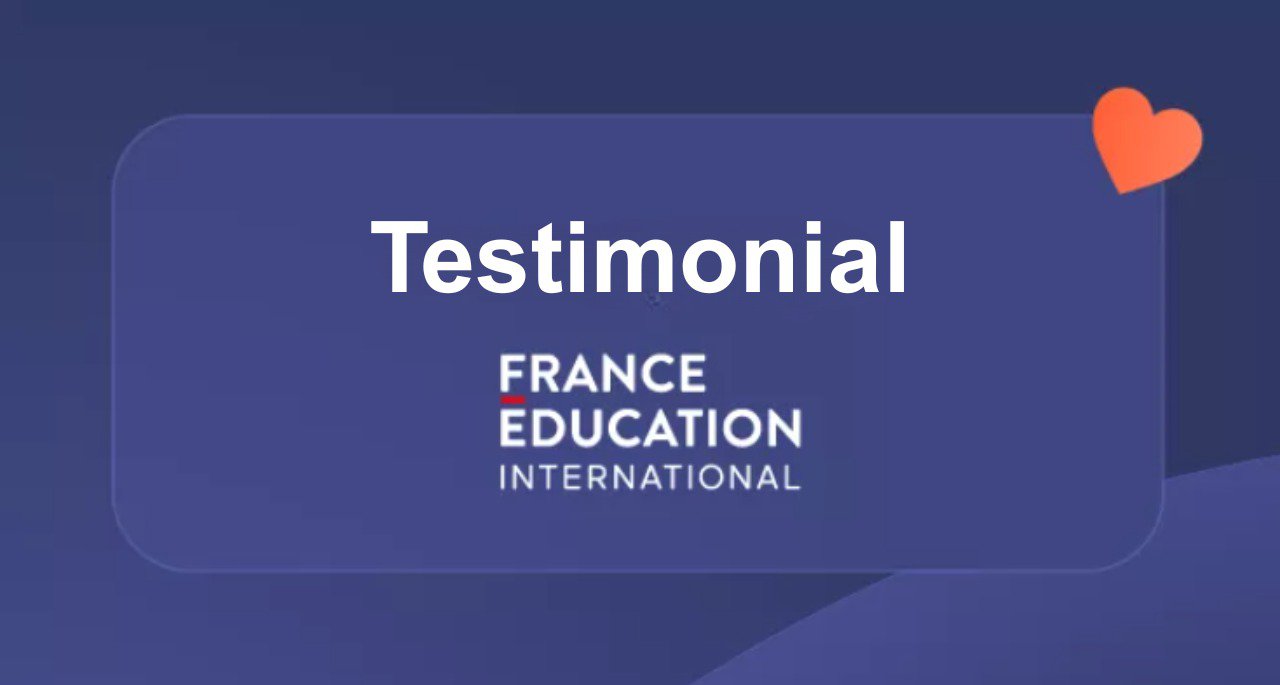IVR Customer Service - Use Cases and Best Practices
What’s a Rich Text element?
The rich text element allows you to create and format headings, paragraphs, blockquotes, images, and video all in one place instead of having to add and format them individually. Just double-click and easily create content.
Static and dynamic content editing
A rich text element can be used with static or dynamic content. For static content, just drop it into any page and begin editing. For dynamic content, add a rich text field to any collection and then connect a rich text element to that field in the settings panel. Voila!
How to customize formatting for each rich text
Headings, paragraphs, blockquotes, figures, images, and figure captions can all be styled after a class is added to the rich text element using the "When inside of" nested selector system.
Improving your customer service is an essential step you need to take constantly.
Upgrades and innovation in all business spheres, especially customer service, are constantly sprouting left and right. And if a company wants to stay relevant and competitive, it needs to keep up with the trends.
Speaking of trends, IVR Customer Service has been around for some time now, and many companies have implemented it in their business.
However, using IVR for your customer service department can be both a blessing and a curse. Some people like it, others don’t. But, there are some things you can do to ensure that your IVR is viewed more positively and liked by your customers.
But, before we get into that, first, we need to cover the basics!

What is IVR? How can you use it for your customer service? What are some IVR best practices? This article will answer all of those questions and provide you with insight into why some people dislike IVR. Thus, you will be able to avoid some of the mistakes that other companies have made with their IVR and design your IVR Customer Service in a better and more user-friendly way.
Now, let’s begin, shall we?
What Is IVR?
IVR is an acronym for Interactive Voice Response, and it is an interactive menu that people meet when they call a company. Of course, not all companies use it. You can see it often when you call a mobile carrier company or a tech store. Also, many companies with a high volume of calls use an IVR system in their daily operations.
Essentially, IVR is an automated service that provides automated responses when customers call a company’s number. With its help, customers can choose things like their preferred language, the department they want to contact, or the service they need. After completing that process, the system either redirects the call to a live agent or puts the customer on hold until an agent is available.

IVR has already become an industry standard. Also, it provides companies with cost savings, customer satisfaction, increased productivity, and efficiency. Many companies utilize IVR Customer Service as it is available 24/7 and can answer multiple calls simultaneously.
An IVR system interacts with customers and gathers information by giving them choices via a menu. For instance, when customers call, they will have multiple options in front of them.
Customers can press numbers on their keypad and choose which department or service they need. So, they will hear something like - “Press 1 for tech support”, or “Press 2 to reach the sales department”.
IVR Customer Service Use Cases
When it comes to the use cases of IVR Customer Service, the first use case that comes to mind is call centers. A large number of call centers use IVR in their operations.
Usually, they use it to interact with callers through a series of automated menus. Also, IVR in call centers often allows callers to self-serve.
Typically, companies use IVR Customer Service to play a recorded greeting message for the caller. After playing the recorded message, the system announces the menu options.
Lastly, it either connects the caller to the most qualified agent available, facilitates the self-serve option, or transfers the caller to a queue. On the other hand, the callers need to respond to the system’s menu prompts.
They can do so in two ways - by pressing a button on their phones’ keypad or by saying their responses out loud.

Another use case of IVR Customer Service is for cost reduction. If you have an IVR system, you won’t need to hire staff to answer calls and transfer callers to their desired department.
Also, the system can collect data from the responses of the callers. By collecting data, the system can enable “screen-pops” that further allow agents to get a head start on the interaction. Overall, it can lower labor costs and save companies a lot of money.
The system is also used to handle multiple call center locations and thousands of incoming calls at once. It can handle thousands of dialed numbers simultaneously and give each of them a special welcome and menu.
For example, let’s assume that your company has multiple numbers where your customers can reach you. The IVR system can play a different welcome message and menu options depending on which number the customers call.
Customer Experience With IVR Customer Service
Even though IVR Customer Service sounds excellent and can be very beneficial for companies, many customers have had a bad experience with it.
More specifically, customers don’t like having to enter a series of prompts that feel like they’re never-ending.It leaves them wondering if they will ever be able to resolve their issues. Thus, most people who have encountered an IVR system in the past are dissatisfied with their experience.
Many customers feel like IVR does not provide them with any benefits at all. Also, they feel like companies implement the system only to reduce their costs and nothing more.
So, what makes IVR so unlikeable to customers?
The main problem is with how companies implement IVR technology. Many companies require callers to enter information and play numerous marketing messages. Also, they provide website information, outage information, business hours, and office locations through their IVR systems.
Most customers deem that kind of information unnecessary and get frustrated because they have to listen to it to reach the company. Also, giving out a lot of information takes more time which causes delays and waiting times.

Nowadays, callers cannot choose if they want to use automation or not. Instead, they have to listen to it because it is the only way they can do business with a specific company.
So, the solution to this problem is the following - companies should let customers choose if they want to use their IVR system or not. Also, companies should not force customers to use their IVR system unless the company is closed when the customer is calling.
A lot of people prefer to talk to someone and work through their issues over the phone. Thus, companies should allow customers to speak to a live agent directly instead of using the IVR system.
IVR Customer Service Best Practices
Previously, we covered why people dislike IVR systems. Now, let’s see some of the best practices that you can use with your IVR Customer Service system.
One thing you can do with your system is to allow callers to speak with a live agent immediately. Do not make them go through your whole IVR menu just to choose to speak to someone at the end.
If a caller is convinced that they need to speak to someone instead of finding the answers they need by themselves, making them sit through your whole IVR menu will seem utterly unnecessary to them. Also, they may get annoyed and immediately classify their experience with you as negative.
The next best practice for IVR Customer Service we will mention is also related to the live agent option. Namely, it would be best if you made sure that your customers never have to request a live agent more than once. You should respect their decision and connect them to a live agent as soon as possible.
Do not allow your customers to feel left out, having to ask for someone to talk to again and again.

Also, if the caller request to speak to a live agent instead of using your system, do not tell them that the system can assist them as well. They have already made up their mind and would not appreciate you trying to push using your system in their faces.
Lastly, your customers should be able to return to the IVR system if they stay on hold for a long time. Hold times can be ridiculous sometimes, especially for companies with a large number of customers. So, customers should be able to return to the IVR system and try to find what they’re looking for there.
A Few Final Words
Companies should never take their customer service lightly. It is a vital aspect of every business, and it can dictate the future success of your company. Using an IVR system for your customer service is a great way to increase customer satisfaction and engagement.
However, many people highly dislike IVR systems and prefer not to use them. People mainly dislike IVR systems because they have a lot of unnecessary information. Also, many companies do not allow callers to forgo their IVR menu and directly contact a live agent if they want to.
So, if you want your IVR Customer Service to be efficient and liked by your customers, you need to make it more flexible.
Namely, your customers should be able to directly contact a live agent if they want to without having to sit through your whole IVR menu. Also, they should have the option to go back to the IVR system if the waiting line is too long.
All in all, by abiding by the best practices mentioned above, you will cut costs and increase customer satisfaction. Also, your customers will not shy away from contacting you and will continue to use your products and services. Lastly, if you want to get started with your IVR Customer Service, you can do so with Ideta’s chatbot, which can help you achieve all of the goals we mentioned above.









